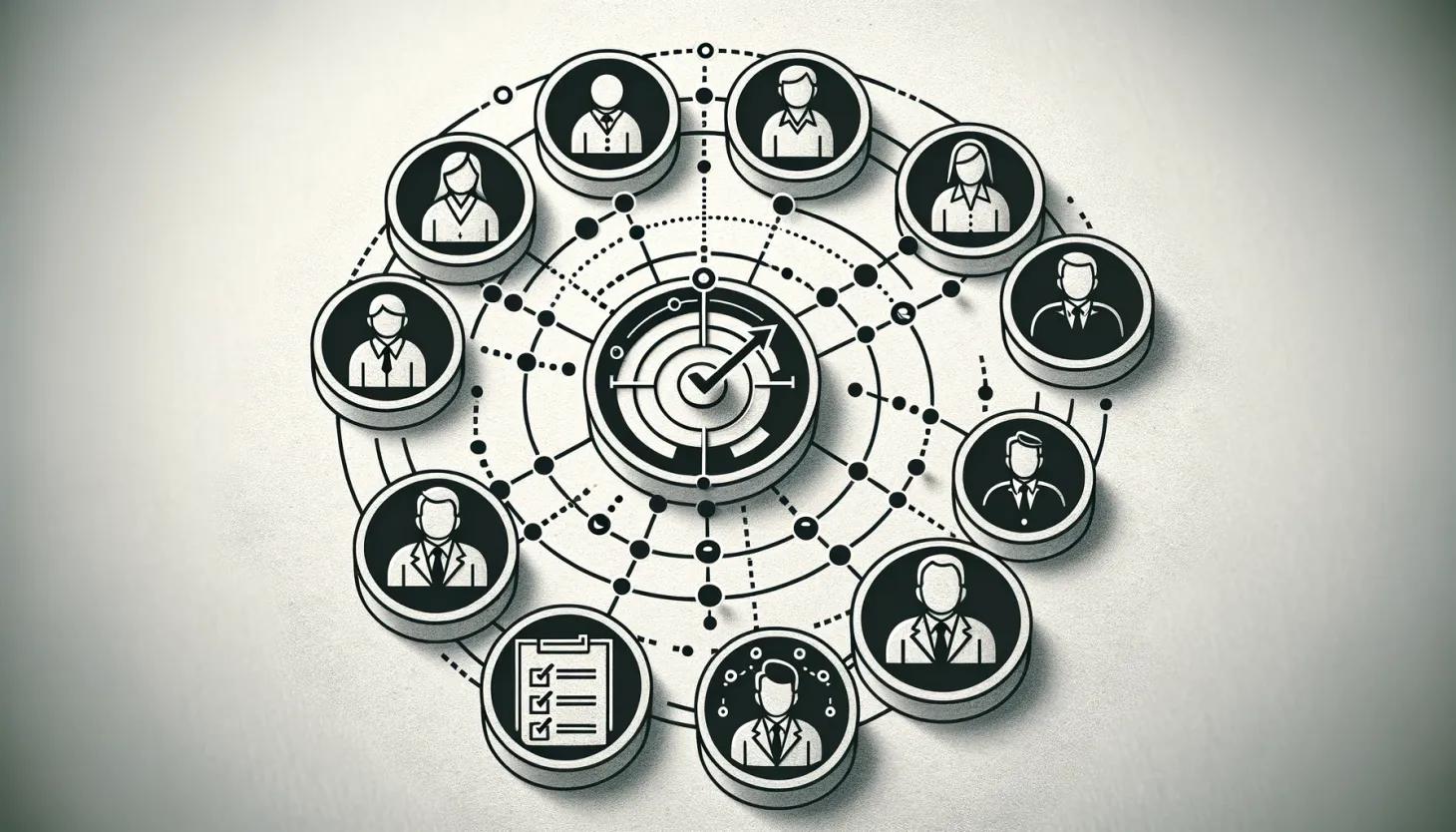Stakeholders

Table of Contents
Stakeholders are the people who have a stake in your delivery. Sometimes, they're easy to identify (they provide funding), and sometimes, you'll have to uncover them through several layers of management. You must understand who they are because their goals are part of how you are evaluated, and stakeholder management can make or break your delivery.
Prioritize Your Stakeholders
You have at least four different types of stakeholders:
Your team.
Your boss.
Your client.
You may have your client representative who is internal to the firm.
You have to manage all four stakeholders to be successful at your job.
If you can't keep your team informed, you can't build anything, which means the other three stakeholders won't matter. If you don't manage your interactions with your boss, you're probably not long for the job, which means it doesn't matter if you make your delivery. If you can keep your client informed and adjust to their vision, you'll likely deliver the right thing. And if your client representative doesn't like what you're doing, you won't get a chance to deliver for the client, generally spelling a rough road ahead for your career in the firm.
Your team
In my writing, I've discussed People a lot; your team is the primary people you'll support. They're listed here because you have to remember that they're a stakeholder, not just a group of people executing work. If your team thinks you don't care about them, they won't care about you, and they won't perform as well as they could if they care about you and the client. Suppose you let yourself fall into the trap of thinking your team is a widget factory (as they are interchangeable, easily replaceable widget makers). In that case, you will lose them, making your delivery extremely hard, if not impossible.
Your boss
Your boss may not be the source of the work, but they will undoubtedly impact how you do your job. Much like your relationship with your client representative, your boss will represent you and your team to other parts of the firm. Unless they interact directly with the client, they'll tend to be more firm-facing. Part of your job is equipping them with the best information to help talk about you, your team, and your efforts to the rest of the firm. You also have to give them the most current information, whether good or bad. Imagine they become aware of a delivery problem from a peer instead of you. It's not a good look, and there are better ways you can help them do their job.
Your client
You may work with the client directly, or your interactions may go through a client representative. Either way, you're trying to deliver the best value to your client. While someone in the firm will control your direct budget, your client is the initial funding source. You want to understand what they want to get out of that money. They're paying for an outcome, not hiring you and the team.
Your client representative
You don't have to worry about this stakeholder if you work directly with your client. But in many firms, the interactions with the client are managed by:
- Account Executives
- Product Managers
- Etc.
Having these roles means you don't talk to the client directly but instead have their representative inside the firm. You need to have a good relationship with these folks because of their proximity to the client. How is that different from managing the client directly? These folks have several other concerns:
- Never make them look like they're lying to the client
- Never make them look dumb in front of the client
- Give them info that will help them manage the client interactions
- Give them a heads-up anytime something could impact the client's delivery.
Frank Blecha Newsletter
Join the newsletter to receive the latest updates in your inbox.




